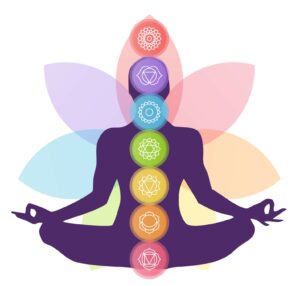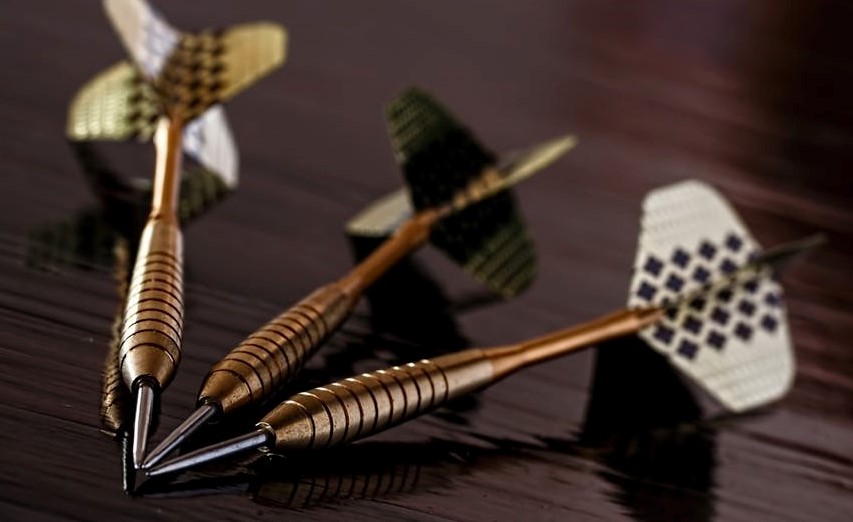Continued from pratyāhāra concept
How can we consolidate our behaviour using yama and niyama?
The journey begins with kriya-yoga which has the following components;
Yama – control of one’s interaction with the environment. This increases awareness of the Self (prajñā) in various situations. As a result of this awareness, there is increased control over behaviour in all interactions. As a result of increased awareness (prajñā) and control over free-will (saṅkalpa), our conditioning (dharma) begins to change so that we understand our Self (asmitā).
Niyama – yama results in altered awareness (prajñā) owing to discipline in response to stimuli. However, this effort to increase awareness and control over free-will brings with it experience of fear, anxiety, conflict with conformance, pain of redundancy in relationships and other emotions which will need to be managed using niyama.
One of the major outcomes of niyama is removal of baggage or residue of experience. When that happens, we are able to recalibrate ourselves (asmitā) and retain equilibrium or homeostasis in any situation.
However, this is not easy, but over time the ability to conform to yama rules, yet staying in homeostasis becomes easier. Consequently, as this change occurs, niyama becomes part of our awareness (prajñā), conditioning (svadharma) and identity (asmitā).
What is the role of āsana and prāṇāyāma in pratyāhāra?
Āsana – Behaviour without a healthy body is like a car without a good engine or a rusted body. It will fall apart when subjected to the stress of changes induced by yama and niyama. Āsana aligns the various elements of the body to keep it in a condition of homeostasis. This element removes illness and makes the body fit to take on the stress of everyday living and change.
Prāṇāyāma – Breathing is critical to regaining balance in any stimulus-response. In any stress situation, breathing is hampered. Breath control maximises oxygen absorption, ensuring tissue regeneration, healthy oxygen balance in the blood and better left-right brain activity. Hence, this is a critical aspect of one’s development.
How should one practice pratyāhāra?
In pratyāhāra, one tries to minimise the impact of stimulus on the Self. This is done by not reacting with duality (dvandva) such as like-dislike, good-bad, right-wrong etc. This increases the buffer between the Self (asmitā) and the stimulus, thereby increasing awareness (prajñā) and allowing of the person to work independently (svatantra).
So, it is obvious that pratyāhāra is the crossover point from material existence to spiritual consciousness. It is an exercise in the negation of existence and experience of the residue of that which remains after that negation.
The process is in 2 phases –
- Kriya-yoga is where we neutralise the impact of external bonds and conditioning on our sense of Identity (asmitā). As as result of yama and niyama we are able to negotiate the quagmire of change and increase discrimination (vivekam) and dispassion (vairāgyam). Next, we cleanse the movement of prāṇa within the body through āsana and prāṇāyāma. Finally, isolate our sense of Identity (asmitā) from external influences through pratyāhāra. This results in true independence (svatantra).
- Samyama-yoga is where we try to merge our identity with the source, Brahman.
How can we implement pratyāhāra in daily living?
- Treat all creation equally (sama-drishti). Don’t judge!
- Perform action (karma) as a sacrifice (yajñā). What does this mean? Remember this line “Om-tat-sat”. This means that all action emanates from nothing (Brahman), which is “tat” or “that”. Sat means “value”. So, when action is performed without attachment-to-outcome and with the intention of adding value, then that action becomes a sacrifice.
- Avoid duality (dvandva) of like-dislike, good-bad, right-wrong etc.
- Be a spectator, not a participant. Be engaged in everything that happens, but keep observing yourself for bias.
- Avoid attachment to the person or the outcome.
Throughout the process, the key experience which we will need to tackle is fear and its opposite emotion, exultation. Pratyāhāra is not for the faint-hearted. It’s hard and there will be pain as well as grief.
School of Yoga explains pratyāhāra – conclusions.
Pratyāhāra is one of the least understood aspects of rāja-yoga. Most teachers simply skip this step and move on to meditation (dhyāna). But this is a critical step, because it enables the individual to isolate the fragile identity which is changing as a result of yama, niyama, āsana and prāṇāyāma from external influence and pressure. It makes the personality independent (svatantra).
Since this process is universal (sanātana), this step is also relevant for societies, countries and civilisations.


